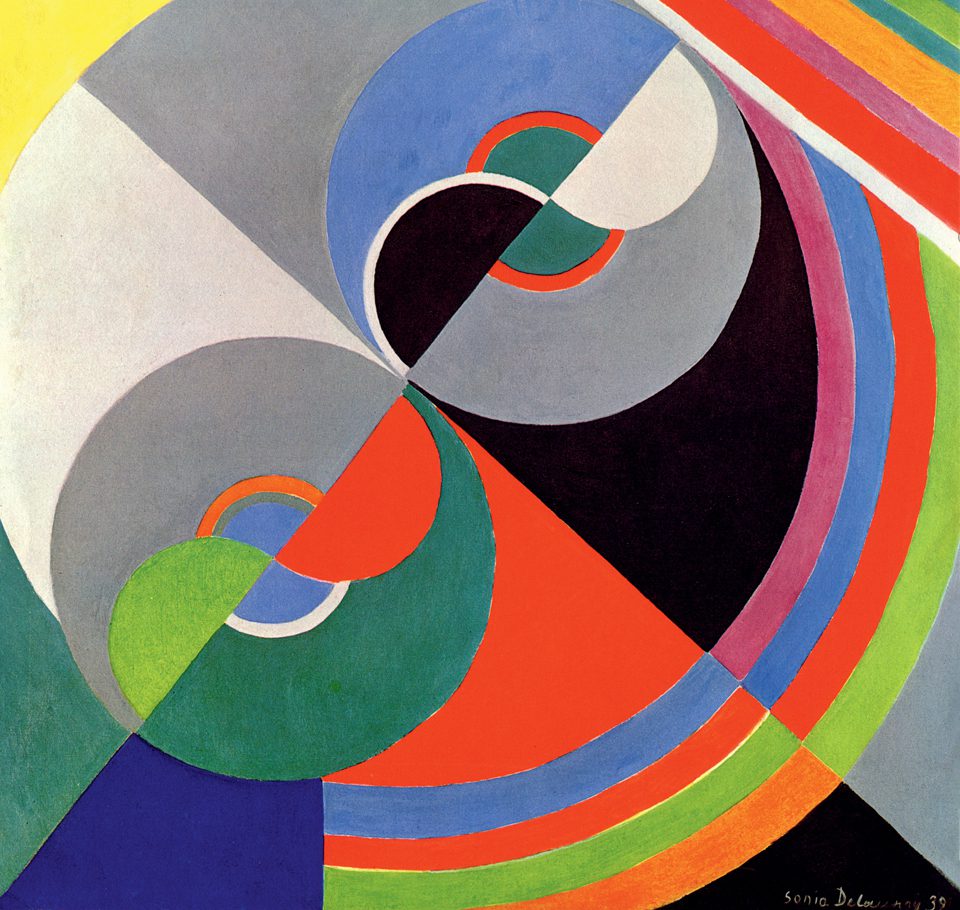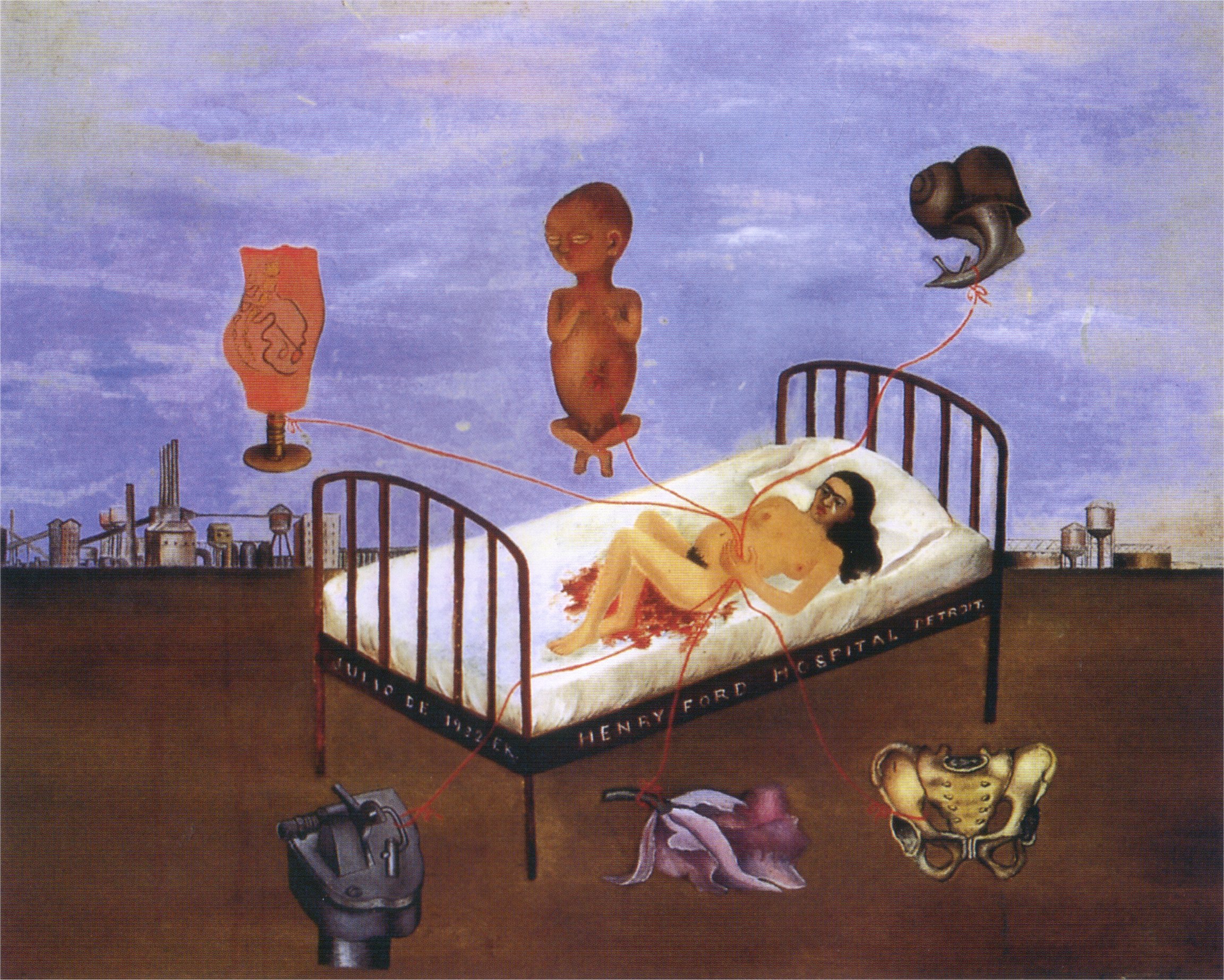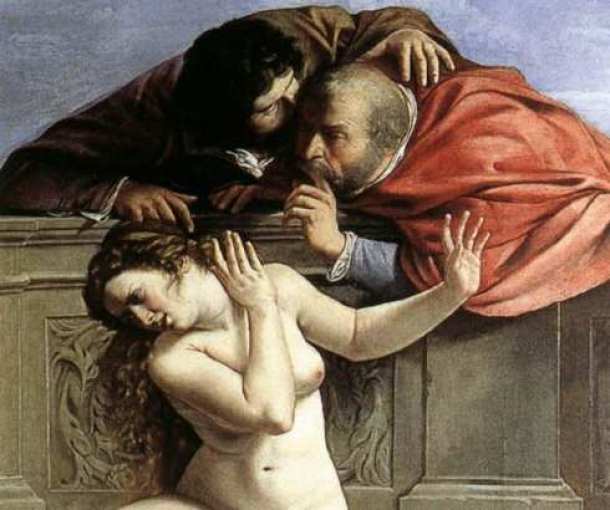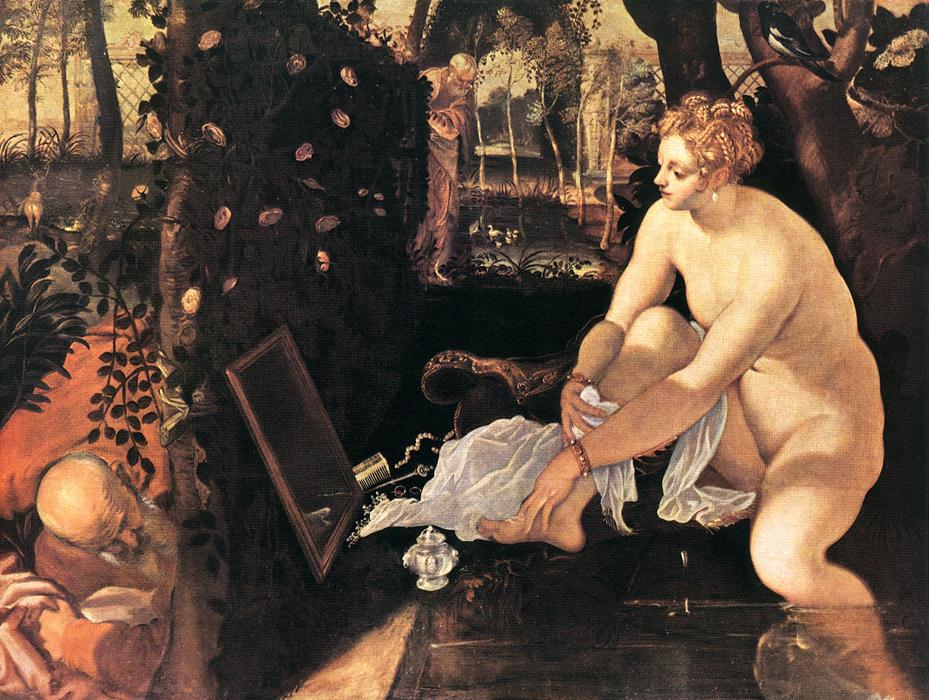Faith Buenaventura
Art and Women
Professor Cacoilo
Post 3: Modernism
As society started to change, women started to positively impact our nation by finally receiving the tools and resources they needed to prosper. On August 26, 1920 women were finally granted the right to vote under the 19th amendment. With this newborn independence, women were set out to conquer the world by using their art to spread their message. Breaking away from the Victorian England and impressionist influence, modernism gave rise to this newly born freedom. “In Western art, movements and ‘isms’ appeared, one after the other: impressionism, postimpressionism, fauvism, cubism, futurism, constructivism, dada-ism, surrealism, expressionism, abstract expressionism, etc. put them all together what do we get? Modernism” (Guerrilla Girls 59). Modernism became a sense of experimentation where artists would create ideas in a more profound abstract way in order to capture the different functions of art and life. For example, Sonia Delaunay expressed her pieces by using different forms of shapes, sizes, and colors as her own version of modernism. “ Delaunay soon became firmly convinced that modernity could best be expressed through a dynamic interplay of color harmonies and dissonances which replicated the rhythms of modern urban life” (Chadwick 262). It wasn’t until the 1950s that Delaunay started to focus on herself and her artwork for she was said to lead three different lives. She mainly lived for her husband and son/grandchildren but rarely lived for herself. She remains one of the most famous artists of the modernist movement where her artistic capabilities of vibrant colors and shapes soon gave way to the birth of other movements.
 |
| Sonia Delaunay and her use of modernism( introduction to modernism and the work Delaunay would do) http://www.aestheticamagazine.com/wp-content/uploads/2015/05/rhythm_colour_no._1076_1939.jpg |
Another cultural movement in the early 20th century was dadaism. Dadaism was a form of art that ridiculed society in terms of their cultural, political, and social values. Hannah Hoch, known for her use of photomontages from the media by often criticizing gender issues and the German government, believed that women should not be confided to the small space men display them in. Women should be free to do what they want, wear what they want, and be whoever they wanted. The photomontages were used to dismantle what the “new women” should be in Germany. “Many of the collaged figures in her earliest photomontages were caricatures of ‘the new women,’ the German media’s glorification of the independent, modern female, free to smoke, wear sexy clothes, vote, and work” (Guerrilla Girls 66). Her aim was to reveal how differences in structure existed between men and women on their social roles. For example, in her work, The Kitchen Knife Cuts Through Germany’s First Weimar Beer Belly Culture, she depicts the political and social issues of the German government where males dominated the republic but were still in political chaos post war.
Abstractionism also gave rise in the 20th century along with german expressionism as well. Abstractionism, being closely tied to the influences of modernism, is the use of line, shape, color, and form in order to capture a sense of independence in reference to the world. Mainly used in paintings and sculptures, abstract art would distort images and use vivid colors as reference to the extended impressionism/modernism movement. Pablo Picasso is one of the most significant artists in the abstract industry. His use of color and shape carved the way to a new notion of art known as cubism. German expressionism however, was the use of blocks of color, heavy black outlines and surface plane in order to capture the beauty of each piece. Munter’s work in Portrait of Marianne von Werefkin depicts just that. New art from the expressionism and abstractionism movement gave way for new art and even more decorative.
 |
| Pablo Picasso, Abstractionism work (distorted, vivd use of color in abstrationism) https://s-media-cache-ak0.pinimg.com/736x/06/37/9b/06379b2ed6130eb556b92acfdd2dd992.jpg |
 |
| Munter, Portrait of Marianne von Werefkin (depicting the use of black bold lines on a surface plane) http://3.bp.blogspot.com/_Tyk2yoqzVkE/TDzTSvoyHVI/AAAAAAAAA1o/2pIghc7Lglw/s1600/z.jpg |
Surrealism was another form of art that was used to express the deeply rooted emotions artists felt about their lives, society, or even an individual. It unlocked the power of imagination and bridged the gap between the conscious and unconscious mind. Frida Kahlo, a famous Mexican painter, is highly known for her work on self portraits. However, it was not your ordinary paintings. After a terrifying car accident that nearly killed her, she used that time of recovery and healing to express how she felt. In her work Henry Ford Hospital, she paints herself in a hospital bed reliving the moment that nearly caused her death. You see images of the reproductive system, her pelvis, and even blood displayed on her and the bed. It was a reminder to her how she is not able to engage in certain activities or have the blessing to be able to reproduce. She expressed her feelings through her artwork in order to survive.
In conclusion, it was through emotions, beliefs, influence, and experimentation that enabled the growth of each cultural movement. Although each movement had its own influence on one another, they all depict a separate story that influences artists all over the world.
Work Cited
Chadwick, Whitney. Women, Art, and Society. London: Thames & Hudson, 2007. Print.
"CLARA." CLARA. N.p., n.d. Web. 07 Feb. 2017.
"Frida Kahlo." Biography.com. A&E Networks Television, 29 Nov. 2016. Web. 30 Mar. 2017.
Girls, Guerrilla. The Guerrilla Girls' Beside Companion To The History of Western Art. Harmondsworth, Middlesex, England: Penguin, 1998. Print.
LLC, Thalo. "20th Century Art Movements: Surrealism." ThaloConnect. N.p., n.d. Web. 30 Mar. 2017.

















